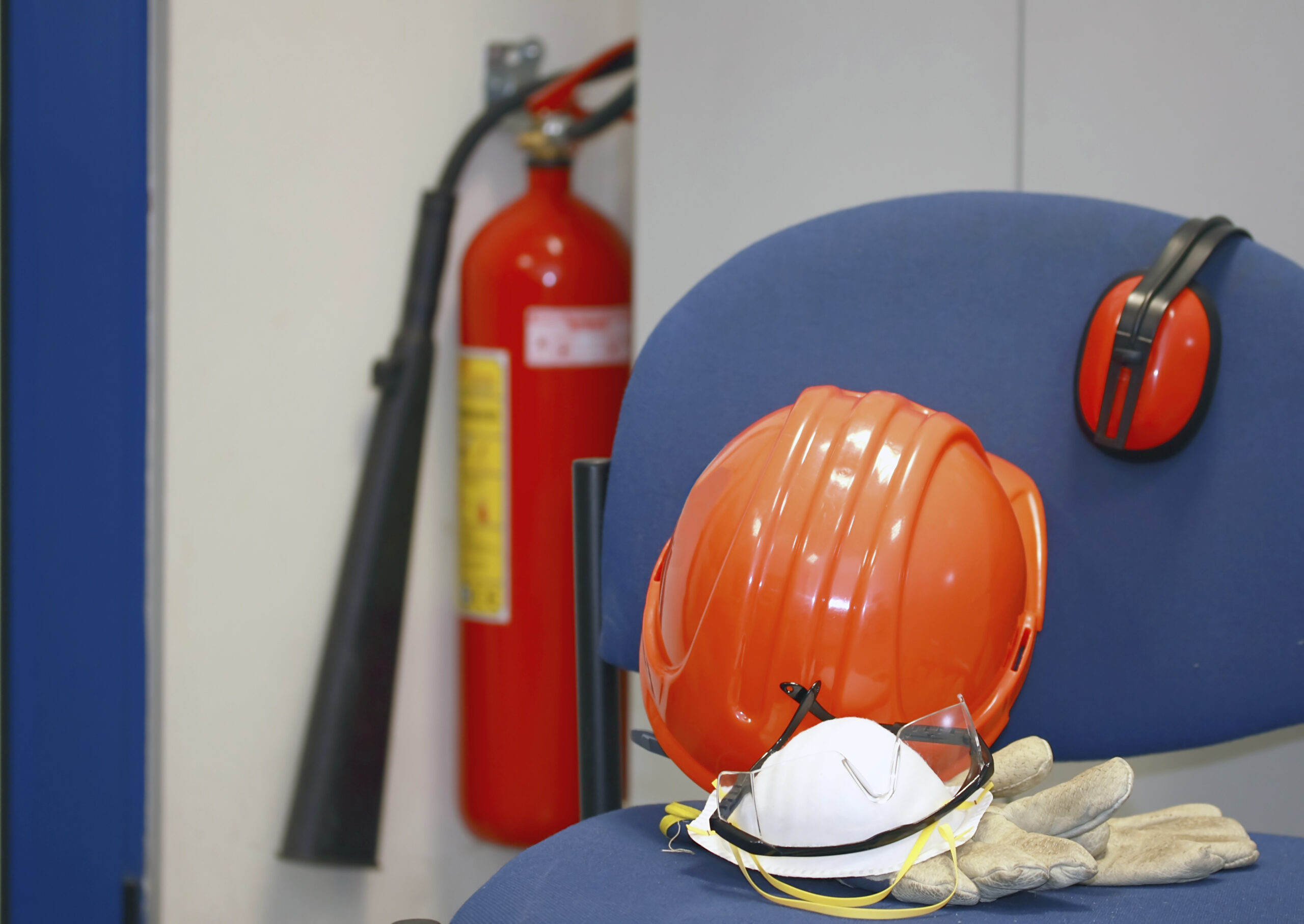It is a good news-bad news scenario. The good news: Occupational Safety and Health Administration (OSHA) is more focused on preventing accidents and has hired and redeployed additional staff to do this. The bad news: You guessed it—OSHA is more focused on preventing accidents and has hired and redeployed additional staff to do this.
The positive is obvious: More enforcement will mean greater adherence to standards that help prevent injury and death in the workplace. That should translate to fewer accidents, fewer claims, less severity of claims, lower insurance premiums, an easier time finding insurance, less workplace disruption, better workplace morale, less likelihood of a public relations disaster—the list goes on….
So, what could be bad? As usual, the devil and the bottom line are in the details.
When OSHA Assistant Secretary David Michaels told the U. S. House of Representatives’ Committee on Education and Labor in March that “Swift, certain and meaningful penalties provide an important incentive to ‘do the right thing,’” he also announced the agency was strengthening its inspection and enforcement policies with more people and larger fines, including a $120,000 penalty for willful violations and a $250,000 penalty for willful violations that result in a fatality.
And in June, he told the American Society of Safety Engineers that “Instead of waiting for an OSHA inspection or a workplace tragedy to address workplace hazards,” employers would be required to create a plan for identifying and remediating hazards, and then implement this plan.
However, this seemingly Hobson’s choice provides an opportunity for agents, brokers and even insurance carriers to distinguish themselves by helping clients prepare for an OSHA visit and avoid an unwelcome and expensive outcome, US-Reports CEO Steve Hitz said.
“Think of it as insurance against OSHA fines,” Hitz said.
Dick Ryther, vice president of Risk Control Services at US-Reports, recalled a carrier who frantically contacted the company on behalf of a policyholder who needed help completing a noise survey at one of two manufacturing plants it had recently purchased. OSHA had made a surprise inspection of one of the plants and told the new owner that it would be returning to evaluate noise exposures.
“The next week, we had a consultant on site performing noise surveys that showed a problem at both plants. We were able to quickly isolate the noise exposures and helped the owners make the administrative changes and acquire the personal protection equipment to meet noise exposure standards without a fine or written violation,” Ryther said. “The consultant also collaborated with the company on establishing long-term engineering controls.
An Ounce of Prevention
Pre-inspection preparations are not just for companies with known problems. A broker– client requested US-Reports do a pre-OSHA evaluation for a long-standing customer who had a good loss history. The visit showed several problem areas, including the absence of a program for respiratory protection, lockout-tag-out and fall protection, three areas where OSHA most frequently finds violations. “The deficiencies were addressed without a precipitating accident or fine, and the broker scored valuable points with his client,” Ryther said. “The company now feels confident that they would pass an inspection if they got an unexpected visit from OSHA.”
OSHA-compliance preparation and remediation is just one aspect of risk services, a field that involves identifying and correcting safety and health issues in industrial hygiene (noise, temperature and chemical hazards), ergonomics (workstations, tools and process), construction and motor vehicle fleets. “The traditional risk management approach to evaluating losses and work sites is often quite subjective and inadequate to predict and prevent accidents, injuries and losses,” Ryther said. “Controlling risk in the 21st century requires comprehensive and methodical evaluation and a collaborative approach to actually changing and correcting problem areas,” Ryther said. US-Reports developed a standardized risk-scoring tool and the METHOD assessment tool (MAC™) to get around the bias issue so that each consultation is both repeatable and reliable, no matter which consultant carries out the evaluation. (see How to Assess Risk) These are especially useful for insurance company underwriters who depend on reliable, standards-based loss control reports, and for large multisite companies that compare operations to determine best practices and pinpoint and address safety problems. Ryther said his newest tool, Inspections Plus applies a similar discipline to assessing workers’ compensation risk, and is especially useful for underwriters.
Ryther hopes the uptick in OSHA activity will spur more attention to the American National Standards Institute’s ANSI Z-10 standards for occupational health and safety management, which are based on Peter Druckers’ quality principles of “Plan-Do-Study-Act.”
The Consultative Approach
“Our business is shifting to more of a consultation role, and we are working with agents, brokers, carriers and businesses on any issue—from a looming OSHA inspection to an account that is about to be non-renewed by a carrier,” Ryther said. And like many in the insurance industry, US-Reports goes beyond evaluating how well a client can identify hazards; instead they focus on how well each person in a client’s organization assumes responsibility to fix the problems.
When an organization is watching every dollar, the discussion of risk-control services usually sparks a cost-benefit discussion, and good information is never easy to come by. How do you quantify the results of the accident that never happened? How do you pinpoint whether a change prevented an accident, or if it had no effect? Is it worth risking an OSHA fine to save private inspection dollars? Experience shows that the best result usually comes from continuously applying the best practices standards for each industry to the needs of individual operations.
In this economy, agents and brokers usually are not looking to spend more, but they are looking to differentiate themselves and to keep loss ratios down. “Engaging risk help for a client can enhance their book of business,” Hitz said. “Just imagine if they have prepared a client for OSHA and soon after an inspector walks in…”




